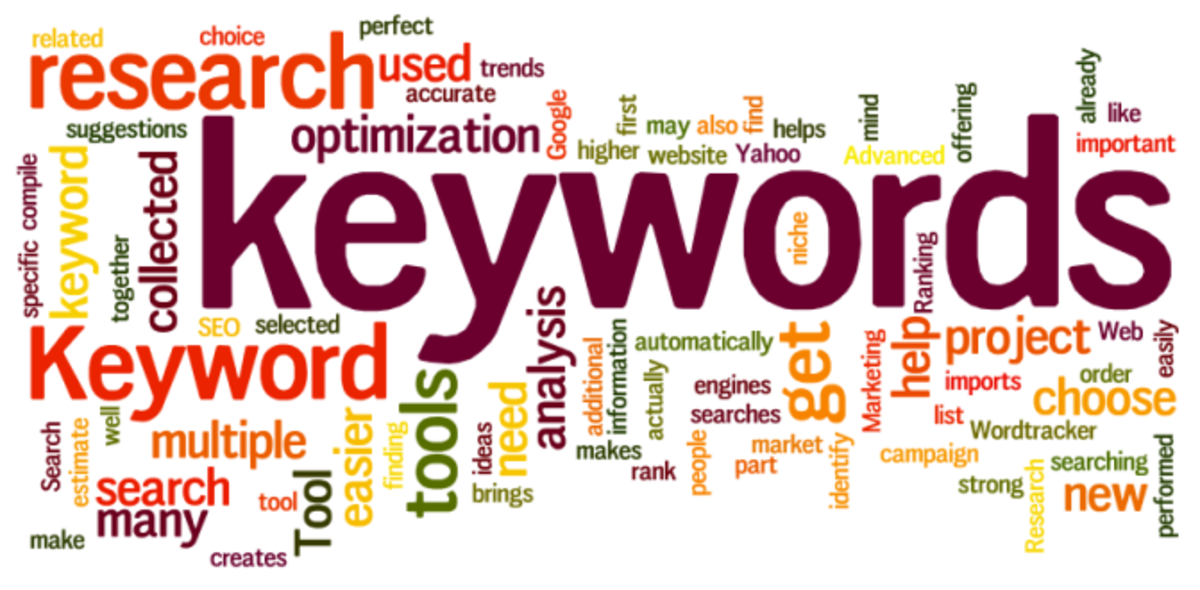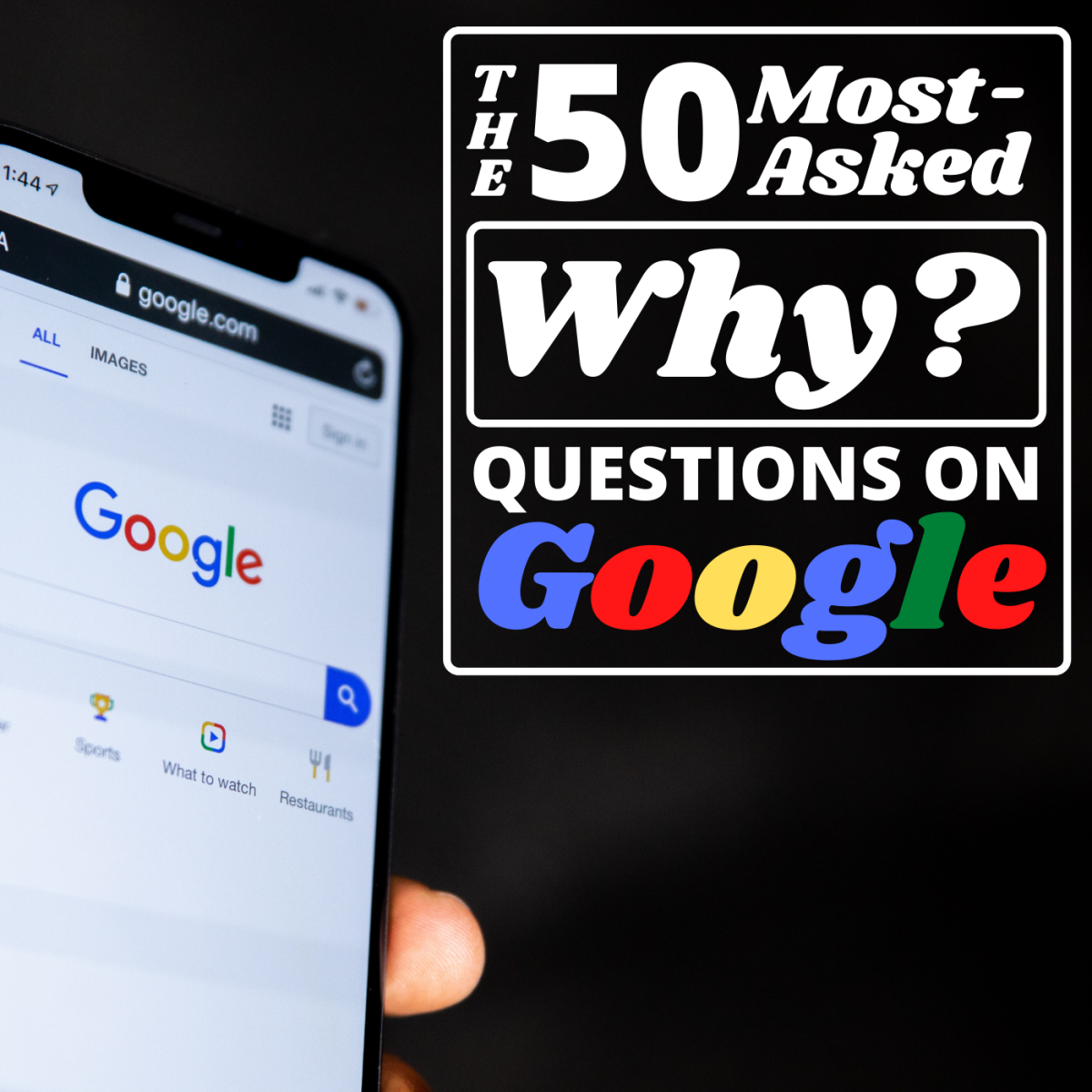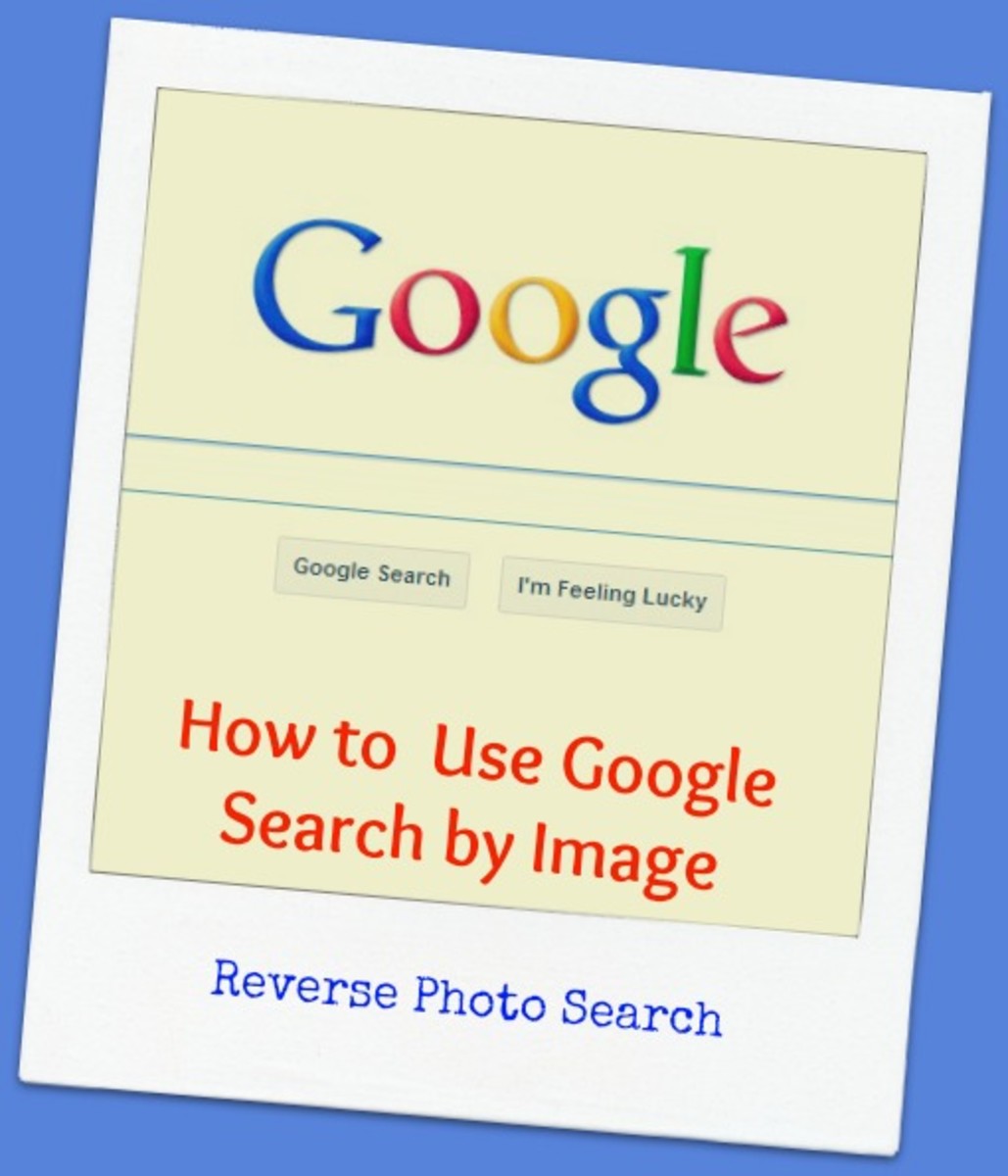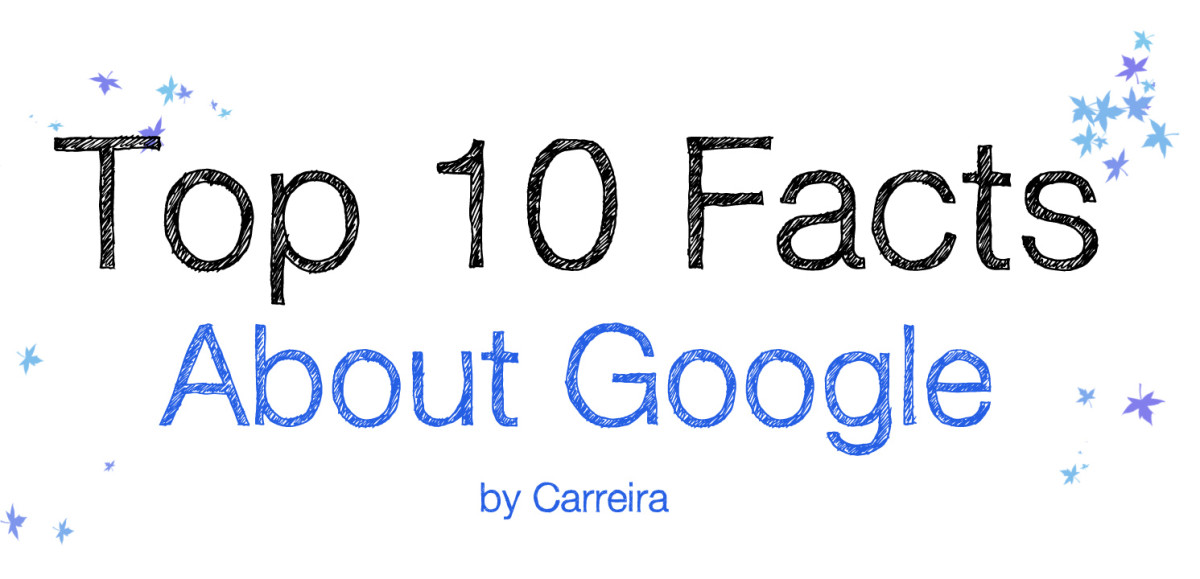How to Optimize Great Content for Search Engines to easily Crawl, Index and Rank

Overview
Content creation and optimization is perhaps the best way to rank web pages on the internet. It is a practice that confuses many people in all the niches which are found on the internet. Web content providers have the sole intention of growing data and working to optimize great content for search engines to easily crawl, index and rank.
Content optimization on the other hand is becoming a complicated undertaking. This is caused by changing user behavior in the use of web content and the complexity that search engine algorithms present. Time is the biggest determinant whereby algorithms evolve and search behavior grows among internet users. Yet still, tons of content continues to get pushed out each passing day. Search engines have refined the identification of data used to access and assess web pages and which satisfies the ranking parameters.
It is a trend that is now to find ways and techniques to optimize great content for search engines to easily crawl, index and rank. This is with the knowledge that content marketing has become such an effective way to market, and establish a following, brand audience and a customer base. With the most effective techniques used to optimize great content for search engines, an individual will obtain magnified results in their marketing campaigns.
Among the techniques used to optimize great content; some are applied before while others after the launch of content. All these content optimization techniques are aimed at achieving better ranking and putting out content to as many eyeballs as possible.
Content Optimization Techniques Applicable Before the Launch of Content
- The use of accurate title tags
Title tags are one of the most important factors considered for the ranking purposes. For on-site SEO, the title tags are not expendable. This has no contention across all experts, web developers and content creators. The target keywords must appear on the page title making it attractive to search engines and consequently improving raking.
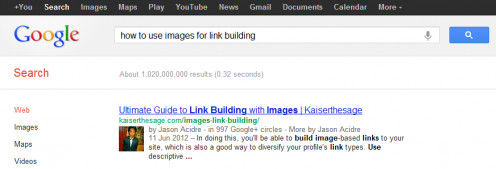
The page title should also appeal to the target audience so that click-through rates are higher. The content should also be aimed at people rather than search engines alone. The advantage here is the retention rate which will be much improved.
Another way to optimize a site and content therein is through the use of a different post title. The post headline will work to improve ranking for semantically similar searches and for searches using long tails keywords.
Other target keywords can be used in the page URL so that search engines can pick on that as well. The URL is also used to display search results which are relevant to searches conducted on the internet.
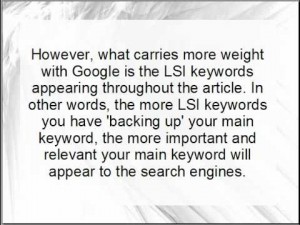
- The use of LSI keywords
Latent Semantic Indexing keywords are used by search engines especially in the evaluation of the relevance of content search queries based on a chosen keyword. LSI keywords are the synonyms and the closely related to the keyword used within the content. LSI is used by search engine in identification of patterns in the relationship of terms and concepts in the texts and content.
To identify the LSI keywords to use for content creation, an individual should use the tilde (~) when searching and evaluating the root keyword in the Google search. The options given will be relevant and targeted to the specific keyword.
- Content length
Search engines prefer content that is longer and well researched. The content should cover an identified topic to every single detail. Such content will be ranked very well by the search engines because it will trounce all other content from competitors.
The ideal length for your content should be around 700 to 800 words. Trying too hard to get to this length or even exceed is not proper. Over-saturated content will also lower the quality of content put out there.

- Share content on social media
Social media is also a factor which search engines utilize. Social data can be improved by sharing content and creating content which is able to pull together social signals. Content must be useful and can be promoted and recommended for others to read. A manual social outreach, to people interested in your niche will improve the likelihood of the content getting shared. By having a pool of social signals to your content, a higher ranking on search engine results is always a guarantee.
- Create links to credible external sources
The creation of links to other sites which are authorities in the chosen niche should be done. Search engines use these links to authenticate the topical relevance of the created content. This alignment of your content to trusted websites builds the credibility of information to the search engines. It is an invaluable way to optimize great content for search engines to easily crawl, index and rank.
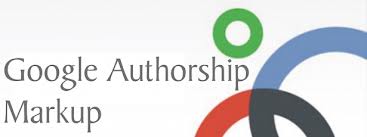
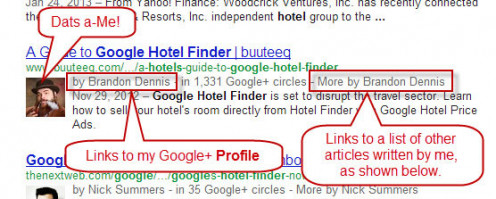
- Authorships markup
AuthorRank is used by Google as a ranking factor and to determine the worth of prominently display of a page in search results. Google+ profiles are now playing a very prominent role in search engine ranking and the click through rates to your web pages. Tests on how far authorship markup helps in ranking have been done. There is enough proof that this content optimization technique works even in the absence of any other type of link.
- Creating strong internal links
This content optimization technique calls for internal links to be created from newly published content to old but related great content. The anchor texts should be relevant to make the linking contextual and improve click through rates.
- Use rich media content
The use of rich media content such as images, screenshots, slide presentations, videos and data visualizations will improve on search engine ranking. These help to improve the depth, appeal and relevance of content. The user appeal of content is enhanced as well.
Most importantly improve on the optimization of the media content as well by adding attributes which are targeted to the keywords and search phrases. The descriptions and alternates texts help in the optimization of content and better ranking.
- User generated content, interactions and engagement
Visitors to a web page should be encouraged to join discussions in your content. This can be in the form of comments, ratings, product reviews and all other ways to interact and engage. Interactions are a factor which search engines such as Google takes into account. They evaluate the useful content and the relevance which it is able to provide to your content. Include a call to action, incentives and initiates conversation by responding to content.
- Conversion oriented optimization
Every single page on the website should be treated as a landing page. Search engines especially Google assesses the suitability of content to the topic or niche. The conversion oriented optimization is aimed at satisfying web page visitor needs; improve on ranking and lastly the conversion of page traffic. Internal linking, page loading speed and the calls to action are ways of getting better conversion.
Content Optimization and Search Engine Optimization
Follow these steps to make sure that your content is optimized for search engines and that it gives value for the company or business. Research and continuously find ways to optimize great content for search engines to easily crawl, index and rank. Share with us other ways and tricks you have found useful in optimizing content.

